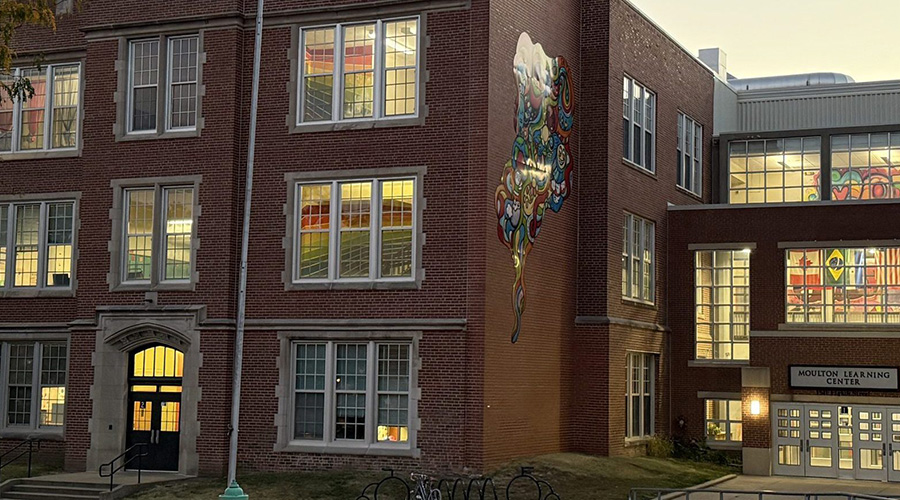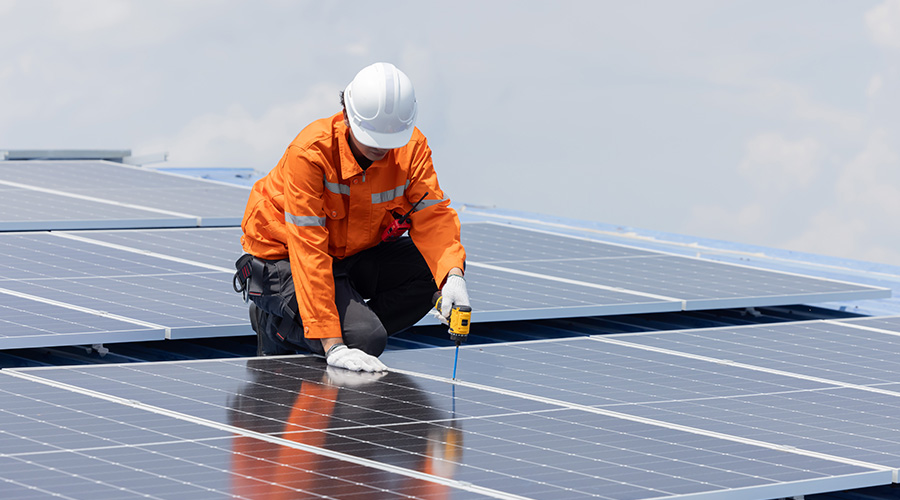Fixes for Common Issues With Airside Economizers and Control Systems
Airside economizer damper control requires close coordination and integration with the system's heating and cooling systems to maximize the energy efficiency of the system. Common controls-related issues, and their corresponding fixes, include:
- The economizer is not integrated with mechanical cooling. It's beneficial to operate the system in full economizer mode (100 percent outside air) when the outside air conditions are just a bit cooler than inside conditions and the system is asking for mechanical cooling. This helps reduce the mechanical cooling load by keeping the cooling coil's inlet air (mixed air) temperature as low as possible. Take a look at your air handler control sequences, and observe system operation during these cool outside air conditions (e.g., 55 F to 65 F outside air, depending on the control sequence) to verify you're getting the full benefit of airside economizer operation.
- Economizer control disabled. Some buildings have disabled their airside economizers in reaction to a performance issue where the economizers weren't the main culprit or due to a lack of understanding of the system's benefits and performance. If you've disabled your airside economizers, consider re-enabling them, but also address any outstanding performance issues.
- Reduced economizer effectiveness. Past existing building commissioning projects have uncovered many control strategies that reduce the efficiency of the system. Two examples: a 30 percent minimum return air damper setpoint rather than a zero percent setpoint, and a low economizer changeover setpoint (the point at which the system changes from economizer mode to non-economizer mode, usually around 70 F outside air temperature). Review your control sequences to see if there are any opportunities for increased energy efficiency.
In general, first determine the intended operation of the airside economizer system. Review the original construction documents and consult with your operating staff to see how the system is currently programmed to operate. Investigate and implement optimization opportunities based on this exercise. Then, periodically test the system to determine if it's performing as intended and take corrective action when it's not. When testing the control sequences, be sure to test them in all operating modes (heating, economizer cooling, integrated economizer and mechanical cooling, and mechanical cooling with minimum outside air).
As a final note, your building automation system (BAS) can be a powerful tool to help monitor the performance of the economizer system. Periodically collecting and analyzing BAS trend data can be a good way of viewing system performance. X-Y scatter plots are often more telling than time-series plots, which can be confusing. Neither will show what problem exists, only that there is a problem requiring investigation. Be sure to filter the data to show "fan on" operation only, and also be sure that your BAS temperature and enthalpy sensors are calibrated.
Airside economizers can save a significant amount of energy, but they need to be maintained for their "free cooling" energy benefits to be realized.
Dave Moser, P.E., is a senior engineer at PECI. He provides engineering services for a diverse range of projects and programs at PECI, all centered on building energy efficiency. His experience includes implementing and managing the technical aspects of utility existing building commissioning programs, leading in-building existing building commissioning projects, and supporting research projects. You can reach him at dmoser@peci.org.
Related Topics:














